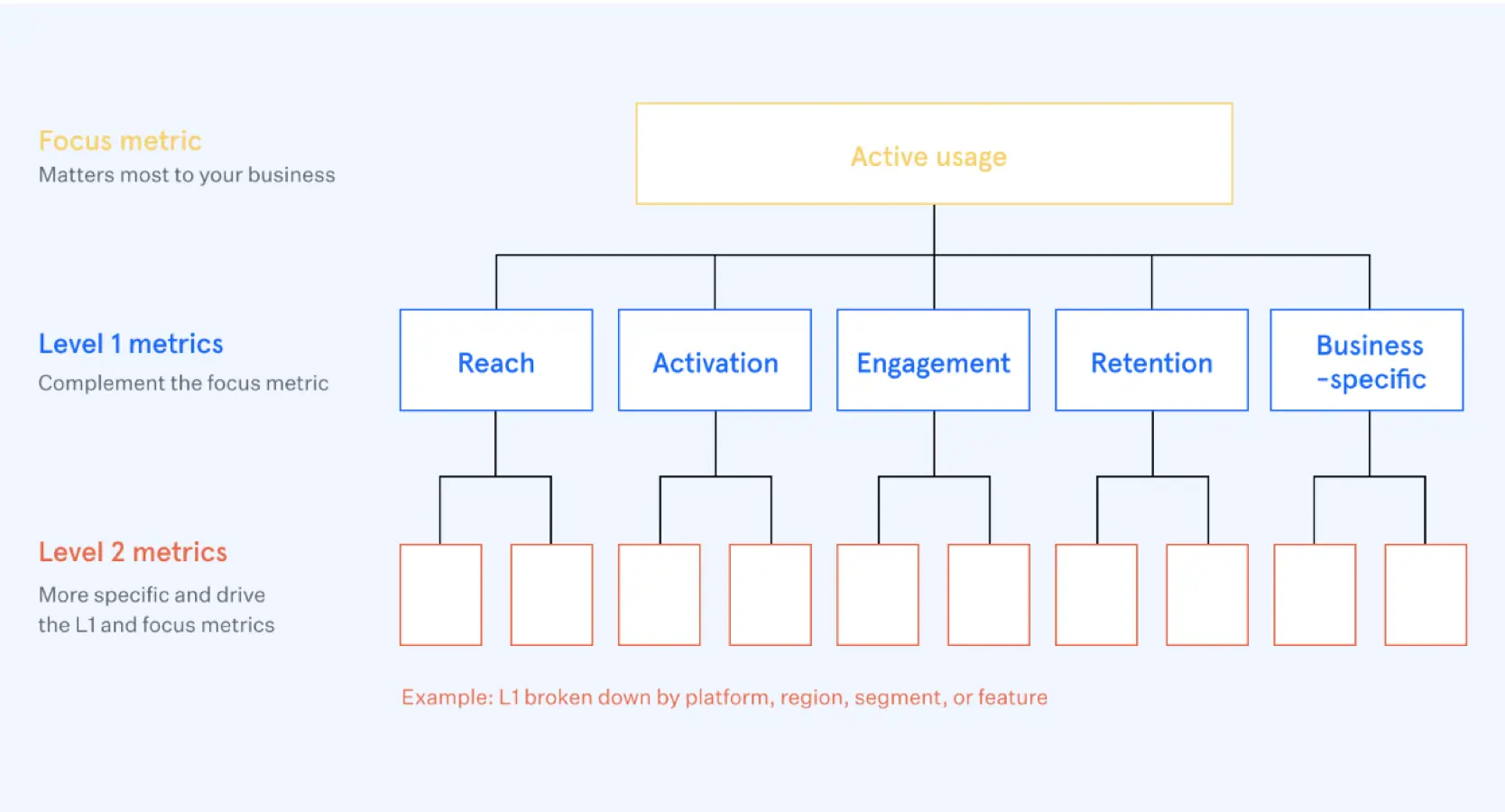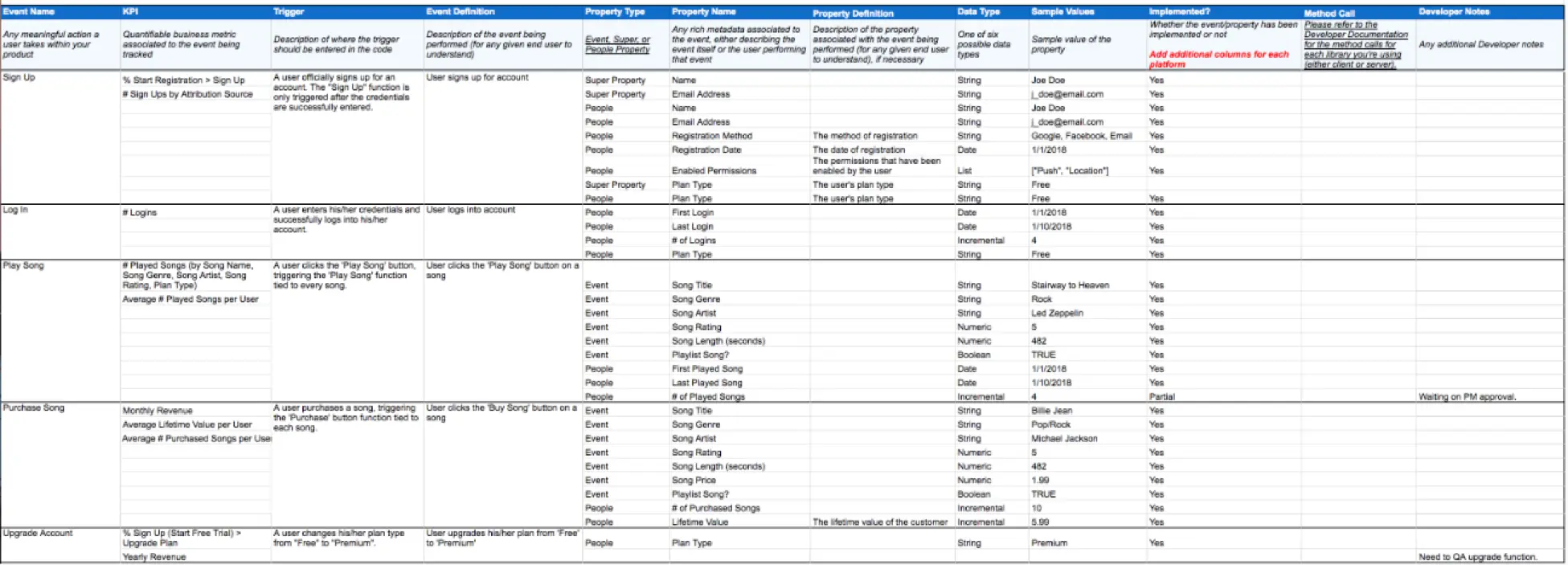“What people do is not always the same as what they say” This famous quote is also valid for customers’ digital experience.
Knowing how users actually interact with your mobile applications and their thoughts is one of the keys to product success. Data tells the truth without emotion or assumption and gives us transparency about customer behaviour. By taking advantage of your product data, you can understand customer journeys, as well as discover hidden insights and conversion trends.
Your product analytics solutions will help you to highlight the most engaging points in your application, the root cause of user drop-off and where to prioritize your app development effort.
Moreover, according to The State of Product Analytics Report, with the right product analytics tools, companies can improve the conversion rate by up to 31%, improve the retention rate by 30%, and improve customer engagement by 32%
With tons of benefits that product analytics can bring to businesses, how can we develop an effective strategy? Let’s discover this article to know who should be involved in the implementation process and what is the product analytics lifecycle.
Key Steps to Implement Products Analytics Strategy
First of all, the scope and business goals that we target in the project should be identified. Then, these goals will be translated into key business objectives. From there, the metrics and reports to measure these objectives will be defined. Based on specific requirements, a tracking plan is necessary to manage all tasks and to measure the progress of implementation.
1. Identify the key Product objectives:
- Who are the users?
- How is the engagement of users?
- What is the conversion rate?
- What are the flows that users go through in the product?
- What features are most used, and where do customers drop off by using the product?
- What is the churn rate, and how can we improve the LTV?
2. Define success metrics and reports:
After answering all those questions, the Product Manager will work with the Executive Sponsor and Growth manager to transform them into metrics and reports accordingly.
Metric
Every company in every industry has its own metrics to measure the performance of the product. But there is always a metric that is more critical than the rest, which we call a focus metric. Then, metrics level 1 and metrics level 2 will be developed to explore the focus metric at deeper levels. You can add as many layers as you’d like to explore.
For example, we can define a focus metric tied to Active Usages, such as Active Users over time, let’s say in a week: Weekly Active Users – WAU.
- Focus metric: Active Users metrics: The number of unique users who have interacted with the product. That metric is defined by the product owner as that will depend on your business model. As a reminder, without good active usage coupled with marketing acquisition, your growth will fail.
- Metric level 1: 7-day retention: The percentage of users who return to the product 7 days after their first session. This insight helps us not to spend unnecessary marketing funds to acquire new users who leave after a day or two.
- Metric level 2: 7-day retention by region: This metric gives us a vision of how retained customers are distributed in geography to run effective marketing campaigns. It’s worth noting that different regions may need distinct personalised marketing campaigns to bring the most retention rate.

- Reach is the total number of people who have searched or browsed the product in a recent time period. By analysing reach metrics, product owners can anticipate who may have the potential to make purchases in the future.
- Activation is a foundational step that primes a new user to become an active user. You can define the KPI according to your specific business. Famously, Facebook identified adding 7 friends in 10 days as their activation metric when they were a start-up.
- Active users are people who have taken a key action and received value from your product within a recent time period, such as making a transaction.
- Engagement measures a deeper level of commitment to the product. It accounts for both the frequency and cadence of completing key actions, i.e. the number of transactions completed.
- Retention is the metric that shows whether your product has the power to keep users staying: How many active users come back in a period of time, let’s say, 7 days?
- Business-specific is specific metrics to your business model.
- In the Human Resources industry, the turnover rate is significant as it will show the engagement performance of your HR team.
Report
There are various types of reports. Choosing an appropriate one to transform complex data into an easily understandable visualization is important.
The types of reports below can answer the key questions:
- Funnels report: help to monitor and improve conversation rates at each stage of your funnel to achieve your defined goal. This report helps to identify the group of users that drop from each stage of the funnel and those who have successfully moved their way through your defined user flow.
For example, to calculate how many users place a purchase after viewing the items page, you can build an n-steps funnel to measure the conversion rate at each step. - Flow report: identifies the most frequent paths taken by users from or to any event.
You can find out the steps users take leading up to a conversation or where users drop off. From there, you can improve the flow of the product, make it lighter and more efficient, and remove unnecessary or confusing steps. - Retention report: is designed to measure how effective the product is at keeping users returning over time.
You can know how many people come back and use your products again and which user paths lead to long-term loyalty. Next, you can deep-dive into the data and find opportunities to retain more users through inspired marketing campaigns or product improvement.
3. Build a tracking plan
A tracking plan is necessary to ensure all metrics and reports are collected, following the goals of apps that have been defined before. The Product Manager and Growth manager are responsible for creating it and coordinating with other relevant departments to ensure the tracking plan is on track.
There are many ways to build a tracking plan. Here is our best practice that is applied successfully in many Product Management projects from customers worldwide and in various industries.
This tracking plan covers all of the KPIs as well as all of the events that allow tracking of these KPIs. The event definitions are required, and a strong lexicon is one of the key elements to ensure trust in your insights from your Product Analytics. The property types, property names and property definitions of the event are also described. Last but not least, we should provide the sample values of the property. It will ensure that the tracking events are appropriate and everyone has the same understanding.
We can customize the template as per our needs by adding the business user persona, actual status, the expected timeline, etc.

We can track events in real-time directly from your SDK data or via your Customer Data platform (CDP) and your Data Warehouse, from where your data will be ingested by your product analytics solutions.
Product Analytics as a collaborative tool
The data product analytics result is now ready to explore. It’s time for the Product Manager, Head of Department, and any other relevant stakeholders to discuss together insights provided by analytics. To facilitate the discussion and the action plan afterwards, the analytics reports should be presented in clear and comprehensive dashboards.
It would be a significant benefit if we could interact directly with the metrics, reports and dashboards during the discussion, such as changing the view of trending over time, choosing the different cohorts of users to analyze the different behaviour groups, or comparing the revenues in various periods of time. Mixpanel reports have provided interactive dashboards that give you an intuitive view of your products and compare different statistics; for example, the regularity people engage with your product to make proper product decisions.
Besides, these phases of a data product analytics strategy are a cycle and continuously improved. For instance, after discussing the analytics result, to investigate deeply into other insights, you can plan for the new metrics and reports. The analytics then start a new cycle continuously.
Best-in-Breed Product Analytics or In-house Solutions?
Once your tracking plan and your engagement workflow are well-defined, the implementation phase can start with to path select your best-in-breed product analytics vendors or in-house solutions.
Some Product analytics platforms support the no-code or low-code to build metrics, reports, and dashboards. The product owners will be able to build their own ad-hoc reports without giving extra burden to the data team. From those reports, fast decisions can be made, the customer journey is well identified, and your product will be continuously innovated to keep your user engaged, which is crucial in gaining a competitive market. Only a Data-as-a-Service analytics solution will allow that strong and fast factual decision-driven capabilities.
Building In-House data product of product analytics is another option. However, your organization will need to build a team of skilful data engineers to transform the structure of data modelling to meet the requirement. Also, you might create a strong dependency of your business stakeholders on the Data Team, which might break your data culture.
Moreover, the industry reckons that most data team requires:
- more than 10 days to fulfil data requests from analytics
- more than 5 hours to write 1 funnel SQL query
- more than 50% of the questions cannot be answered in a short time
This may lead to the loss of many opportunities to improve the product, to improve in-time customer retention due to the latency to getting the insights. While using best-in-breed product analytics, it will take you no time to build a report, as the solutions should be no code.
Instead, entrusting your project to a reliable data partner can help you achieve faster results. Your expert vendor should understand the business model and use cases to suggest the best-fitted product analytics solution to help you to build views of your customer journey in a shorter time. That can be seen as an accelerator of your growth strategy.
KMS Solutions has long been recognized as a trusted partner in providing Product analytics solutions and other services to enterprise organizations across industries. We also keep up with the latest technologies to ensure the solutions for clients are innovative and suitable for the market and regulation changes.










